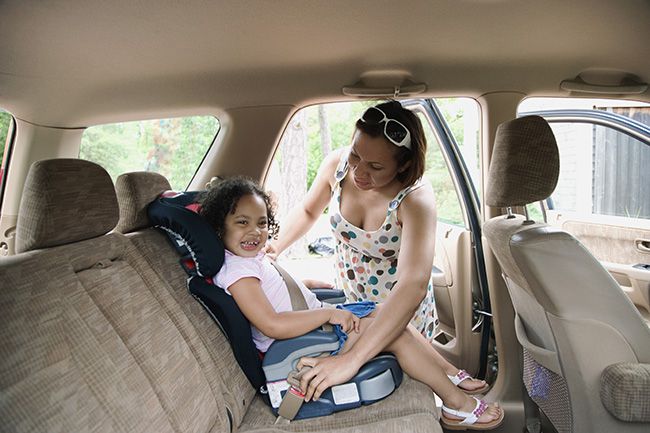Over the past few years, belt-positioning booster seats (with backrest) have basically out-competed booster cushions (without backrest) for children between the ages of 4 and 12. However, the larger booster seats are not always safer. In some cases, they may even be less safe.
Researchers today agree that rear-facing child seats provide the best safety for children up to 3-4 years of age. For children between the ages of 4 and 12, however, development over the past few years has not progressed in the right direction. This is the opinion of Lotta Jakobsson, who is an adjunct professor at Chalmers University of Technology and a technical specialist at Volvo Cars Safety Centre.
Researchers at Volvo Cars, Chalmers and Autoliv have performed research focusing real world safety and behaviour of children when traveling in cars within a child safety project at SAFER Traffic and Vehicle Safety Centre at Chalmers.
“The development and perception has been that booster seats are safer than booster cushions. This has resulted in many major manufacturers no longer providing booster cushions, and it is generally difficult to purchase them at shops specialised at child car seats any more. In some cases, however, a booster cushion is the best option.”
According to a report by Lotta Jakobsson and her colleagues, this applies, for example, to the tallest children in the 4-12 age group. For shorter children, the car’s built-in protection system and the child’s behaviour influence if a booster seat or a booster cushion is the best option.
“A bulky booster seat can, for example, be uncomfortable for the child, and he or she will not sit in it as intended, which affects safety”, says Lotta Jakobsson. “Both children and cars are different, and the protection needs to be adapted to the individual situation.”
Another reason that booster seats may affect safety is that the child’s head is placed in a more forward position than with a booster cushion without backrest. This reduces the distance the child’s head can be propelled forward without hitting the seat in front in the event of a collision.
It is a matter of finding a balance between several different factors. One thing that is certain is that a booster (with or without backrest), positioning the lap belt over the thighs by raising the child, is required all the way up to approximately age 12. Research shows that children between the ages of 9 and 12 fare worse in an accident than children between the ages of 4 and 8, which can be attributed to children in the older group generally sitting directly on the car’s seat.
(Source: Chalmers)










